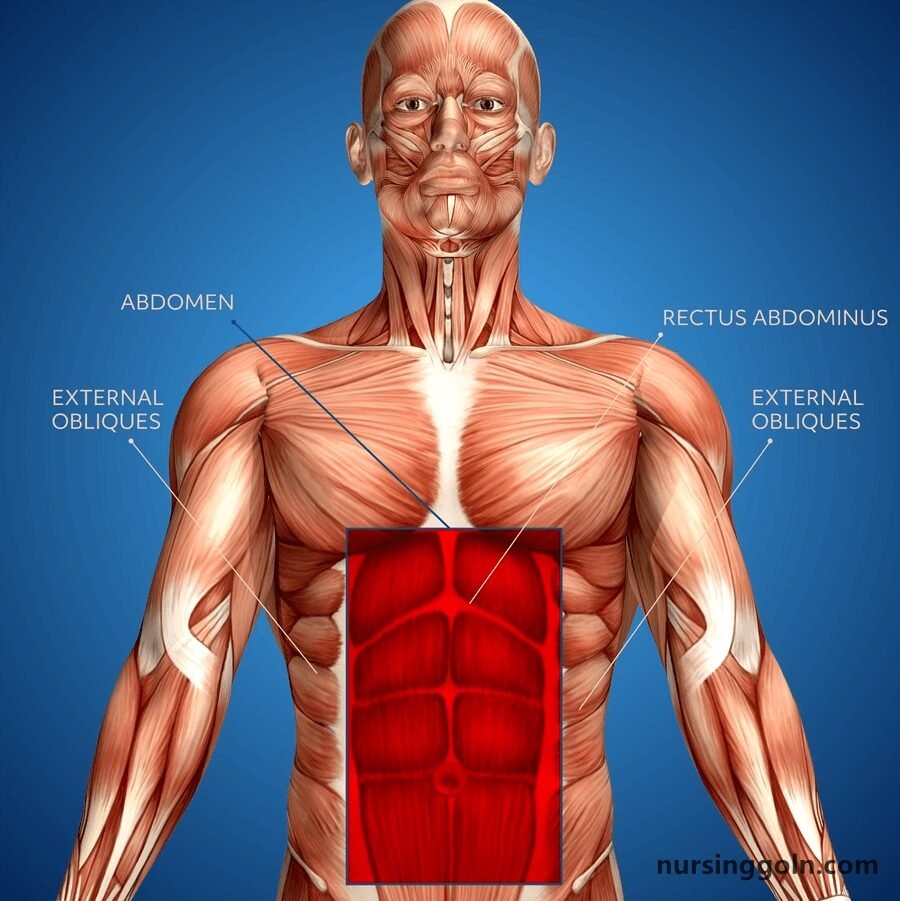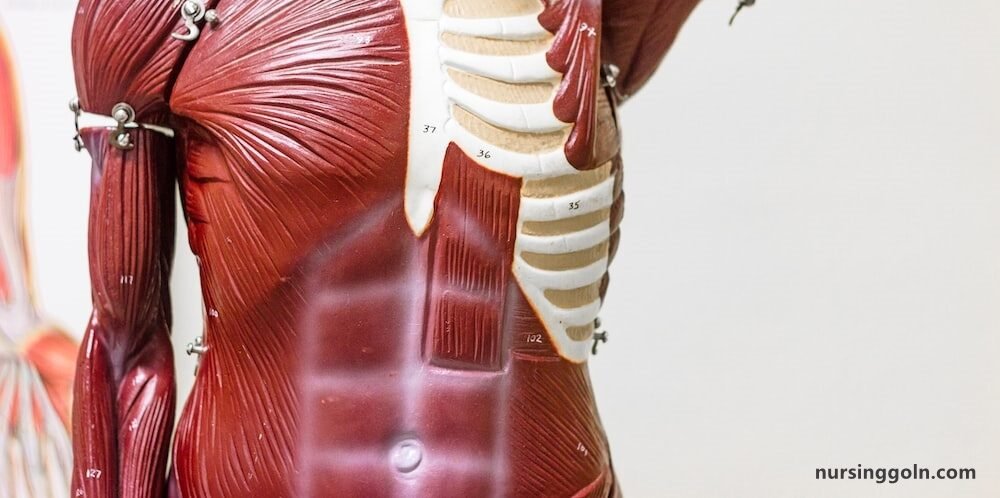Today our topic of discussion is ” Appendicular Muscles of the Pelvic Girdle and Lower Limbs “. The majesty of human movement is evident when observing the grace of a dancer, the endurance of a marathon runner, or the agility of a soccer player. Central to these movements are the appendicular muscles of the pelvic girdle and lower limbs. This detailed overview aims to shed light on these muscles, their anatomy, functions, and the critical roles they play in our daily lives.

Appendicular Muscles of the Pelvic Girdle and Lower Limbs: The Muscular System
1. The Pelvic Girdle: An Anchor for Movement
The pelvic girdle, or hip girdle, is a basin-shaped structure that connects the spine to the lower limbs. It provides a strong foundation, crucial for standing, walking, and other movements. Several muscles span across this girdle, connecting the trunk to the legs.
2. Muscles of the Pelvic Girdle
- Iliopsoas: Comprising the psoas major and iliacus, this powerful muscle is the primary hip flexor.
- Gluteal Muscles: This group includes the gluteus maximus, medius, and minimus. They play essential roles in hip extension, abduction, and rotation.
- Piriformis and Obturator Internus: These deeper muscles aid in the lateral rotation of the hip.
3. Muscles of the Thigh: A Balance of Power and Precision
The thigh houses significant muscles responsible for knee movement and hip stabilization.
- Quadriceps Femoris: This group, consisting of the rectus femoris and three vastus muscles, is central to knee extension.
- Hamstrings: Including the biceps femoris, semitendinosus, and semimembranosus, these muscles flex the knee and extend the hip.
- Adductor Group: Comprising the adductor magnus, longus, brevis, and gracilis, they are responsible for moving the thigh toward the body’s midline.
4. Muscles of the Leg: Stabilizing Each Step
The leg, divided into the calf and shin, contains muscles that move the ankle, foot, and toes.
- Gastrocnemius and Soleus: These calf muscles converge into the Achilles tendon and play a dominant role in plantar flexion.
- Tibialis Anterior: Located in the shin, it’s involved in dorsiflexion and inversion of the foot.
- Fibularis (Peroneus) Group: These muscles support foot eversion and plantar flexion.

5. Muscles of the Foot: Foundations of Movement
Deep within the foot lie intricate muscles that facilitate movements of the toes and maintain the arches of the foot.
- Dorsal Foot Muscles: Aid in extending the toes.
- Plantar Foot Muscles: Responsible for toe flexion and foot’s arch maintenance.
6. The Biomechanics of Movement
These muscles work in harmony, providing stability, balance, and motion. For example, during walking, a sequence called the gait cycle, muscles contract and relax in a coordinated fashion, propelling us forward.
7. Common Afflictions and Injuries
Given the intense usage and weight-bearing nature of these muscles, they’re susceptible to various injuries:
- Strains and Sprains: Often result from overuse or sudden movements.
- Shin Splints: Pain along the tibia, commonly in runners.
- Plantar Fasciitis: Inflammation of the tissue beneath the foot.

8. The Importance of Care and Maintenance
Regular exercise, stretching, and proper footwear can prevent many of these issues. Muscle strengthening, particularly of the core and thighs, can ensure better posture and reduce the risk of injuries.
9. Therapeutic Approaches
Physiotherapy, massage, and sometimes surgical interventions can help address muscular issues. Modern techniques, like deep tissue laser therapy or shockwave therapy, offer non-invasive solutions for muscle recovery.

10. The Marvel of Human Evolution
The appendicular muscles of the pelvic girdle and lower limbs bear testament to our evolutionary journey. From our ancestral roots, where bipedalism set us apart, these muscles have evolved to offer a unique blend of strength, endurance, and precision.
Conclusion
The muscles of the pelvic girdle and lower limbs are marvels of evolutionary engineering. They not only bear our body weight but also offer a range of motion unparalleled in the animal kingdom. Understanding their intricacies gives us a deeper appreciation for the daily ballet of movements they perform, whether we’re running a race, climbing stairs, or simply taking a leisurely stroll.
Read more:
